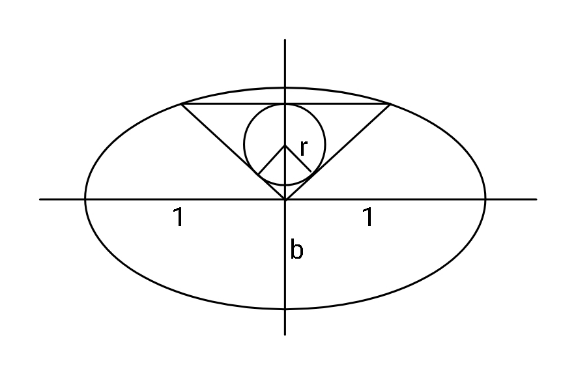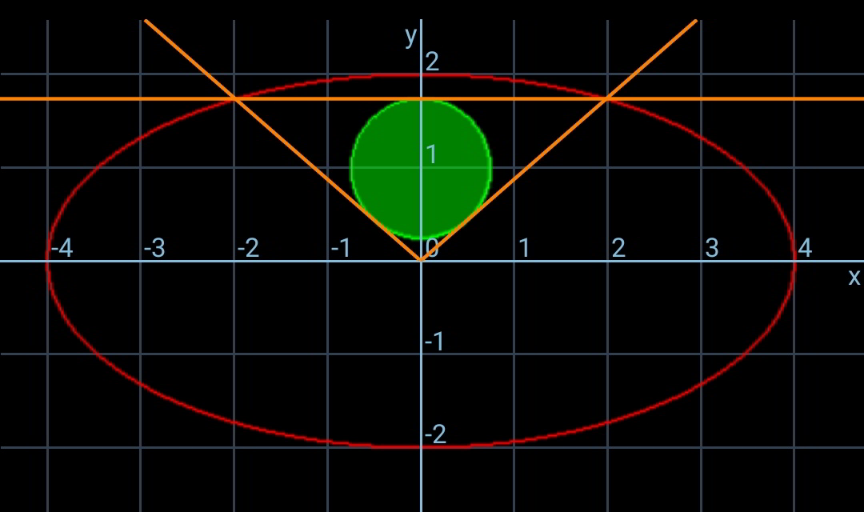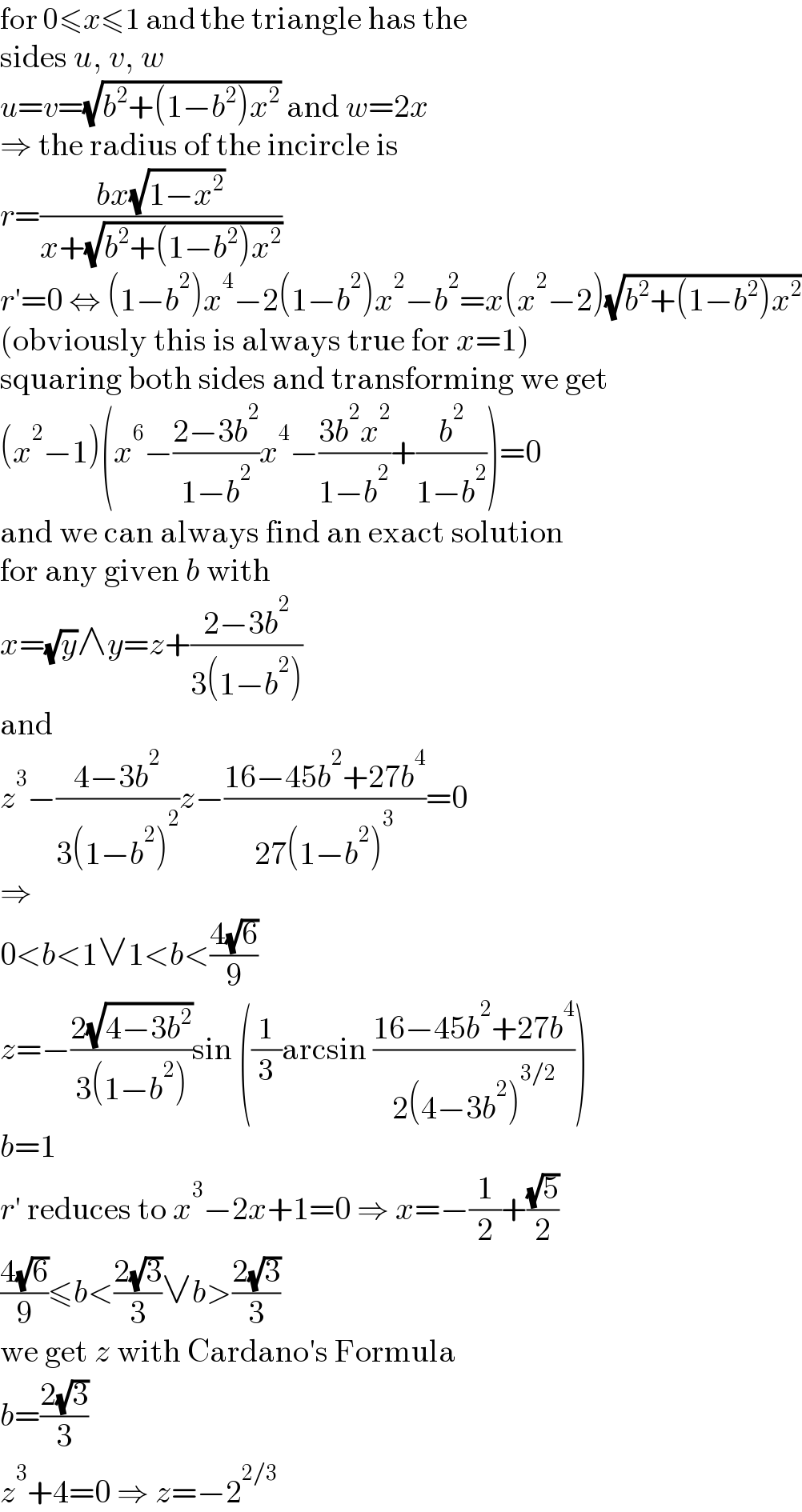
Question and Answers Forum
Question Number 166738 by ajfour last updated on 26/Feb/22

Commented by ajfour last updated on 26/Feb/22

Answered by mr W last updated on 27/Feb/22

Commented by mr W last updated on 27/Feb/22

Commented by mr W last updated on 27/Feb/22

Commented by mr W last updated on 27/Feb/22

Commented by ajfour last updated on 27/Feb/22

Answered by ajfour last updated on 26/Feb/22

Answered by MJS_new last updated on 27/Feb/22

